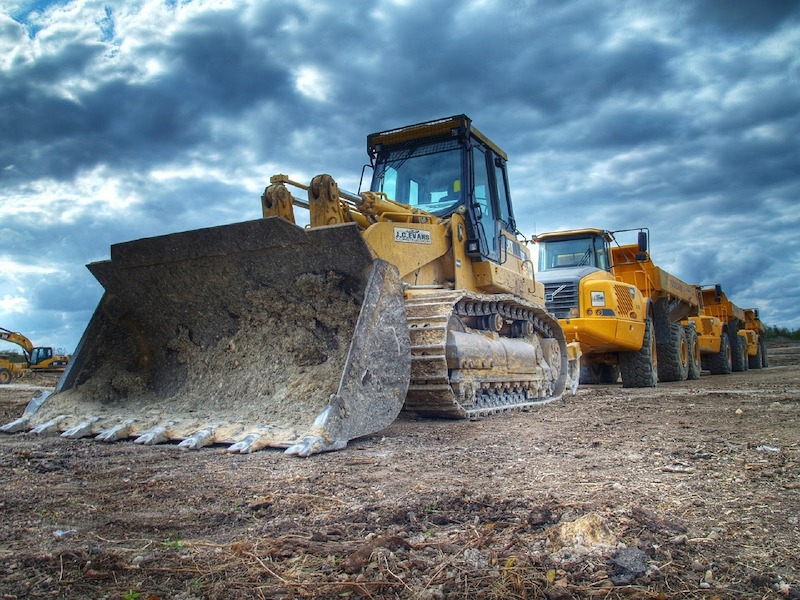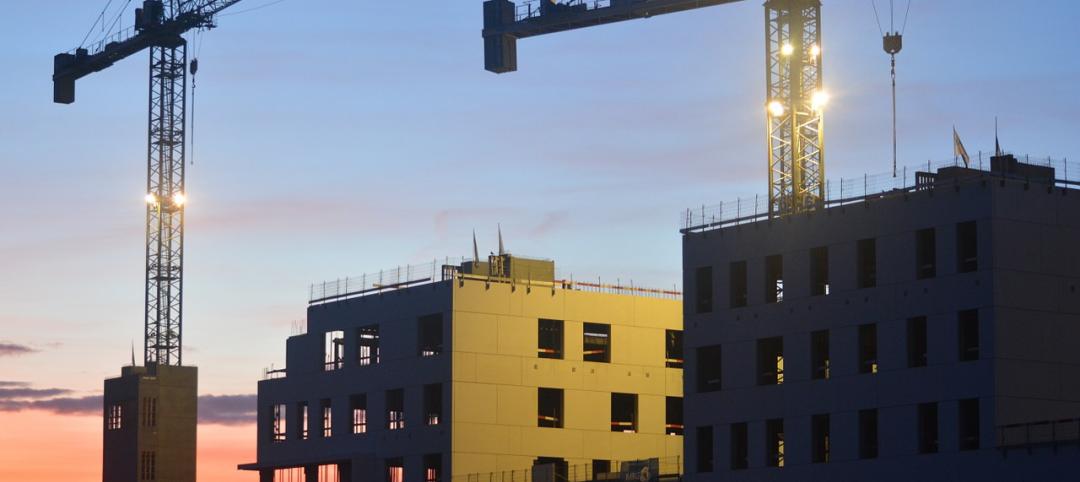Construction employment decreased from February 2020 – the last month prior to the pandemic – to April 2021 in 107, or 30%, of the nation’s metro areas, and was stagnant in another 34, according to an analysis by the Associated General Contractors of America of government employment data released today. Association officials said that construction employment in many parts of the country was being undermined by pandemic-induced project delays, materials price spikes and shortages, and difficulties finding labor.
“It is disturbing to see that nearly one-third of the nation’s metro areas had lower construction employment totals in the mild weather and strongly rebounding economy of April 2021 than in the winter of 2020,” said Ken Simonson, the association’s chief economist. “Ever-growing supply-chain bottlenecks and record prices for numerous construction materials threaten to further chill demand for job gains in many metros.”
Houston-The Woodlands-Sugar Land, Texas lost the largest number of construction jobs over the 14-month period (-29,300 jobs, -12%), followed by New York City (-22,300 jobs, -14%); Midland, Texas (-9,800 jobs, -26%); Odessa, Texas (-8,000 jobs, -39%); and Lake Charles, La. (7,200 jobs, -36%). Odessa had the largest percentage decline, followed by Lake Charles; Midland; Laredo, Texas (-23%, -7,200 jobs) and Longview, Texas (-23%, -3,400 jobs).
Construction employment was stagnant in 34 additional metro areas, while 217 metro areas—61%—added construction jobs over the pre-pandemic (February 2020) level. Indianapolis-Carmel-Anderson, Ind. added the most construction jobs over 14 months (7,900 jobs, 15%), followed by Chicago-Naperville-Arlington Heights, Ill. (6,300 jobs, 5%); Seattle-Bellevue-Everett, Wash. (6,200 jobs, 6%); Minneapolis-St. Paul-Bloomington, Minn.-Wis. (5,900 jobs, 8%); and Sacramento--Roseville--Arden-
Sierra Vista-Douglas, Ariz. had the highest percentage increase (44%, 1,100 jobs), followed by Fargo, N.D.-Minn. (34%, 2,500 jobs); Lawrence-Methuen Town Salem, Mass-N.H. (29%, 1,000 jobs); Bay City, Mich. (27%, 300 jobs) and Taunton-Middleborough-Norton, Mass. (22%, 700 jobs).
Association officials called on the Biden administration to take steps to address rising materials prices and growing labor shortages. These steps include removing tariffs on key construction materials like steel, lumber and aluminum. And they include ending unemployment insurance supplements that are providing incentives for qualified workers to stay off payrolls for now.
“Washington has put in place a number of artificial barriers that are holding back the construction industry’s recovery,” said Stephen E. Sandherr, the association’s chief executive officer. “Washington’s tariffs are making materials more expensive while its unemployment supplements are making workers more hesitant to return to payrolls.”
View the metro employment 14-month data, rankings, top 10, multi-division metros, and map.
Related Stories
Market Data | Feb 10, 2016
Nonresidential building starts and spending should see solid gains in 2016: Gilbane report
But finding skilled workers continues to be a problem and could inflate a project's costs.
Market Data | Feb 9, 2016
Cushman & Wakefield is bullish on U.S. economy and its property markets
Sees positive signs for construction and investment growth in warehouses, offices, and retail
Market Data | Feb 5, 2016
CMD/Oxford forecast: Nonresidential building growth will recover modestly in 2016
Increased government spending on infrastructure projects should help.
Market Data | Feb 4, 2016
Mortenson: Nonresidential construction costs expected to increase in six major metros
The Construction Cost Index, from Mortenson Construction, indicated rises between 3 and 4% on average.
Contractors | Feb 1, 2016
ABC: Tepid GDP growth a sign construction spending may sputter
Though the economy did not have a strong ending to 2015, the data does not suggest that nonresidential construction spending is set to decline.
Data Centers | Jan 28, 2016
Top 10 markets for data center construction
JLL’s latest outlook foresees a maturation in certain metros.
Market Data | Jan 20, 2016
Nonresidential building starts sag in 2015
CDM Research finds only a few positive signs among the leading sectors.
Market Data | Jan 20, 2016
Architecture Billings Index ends year on positive note
While volatility persists, architecture firms reported healthy performance for 2015.
Market Data | Jan 15, 2016
ABC: Construction material prices continue free fall in December
In December, construction material prices fell for the sixth consecutive month. Prices have declined 7.2% since peaking in August 2014.
Market Data | Jan 13, 2016
Morgan Stanley bucks gloom and doom, thinks U.S. economy has legs through 2020
Strong job growth and dwindling consumer debt give rise to hope.















